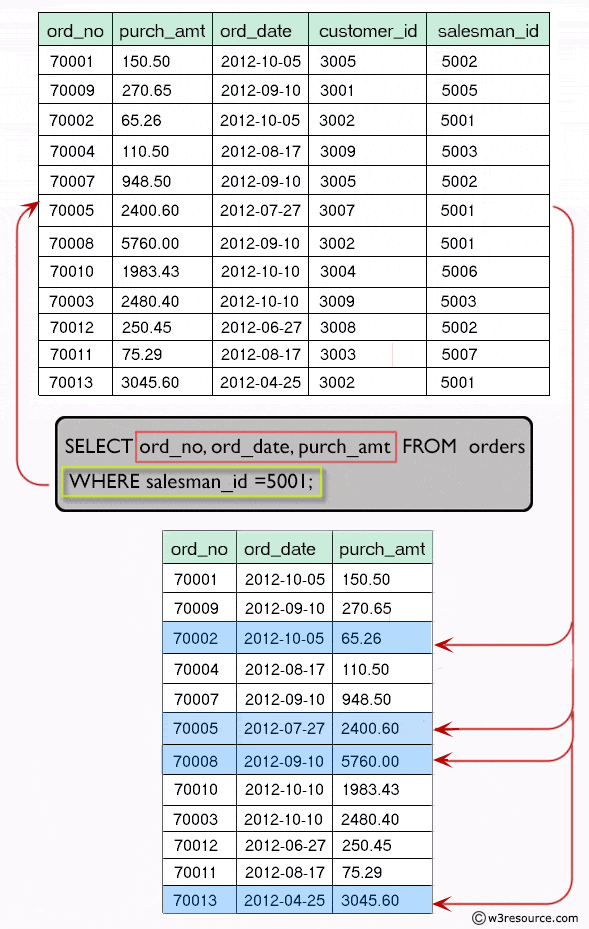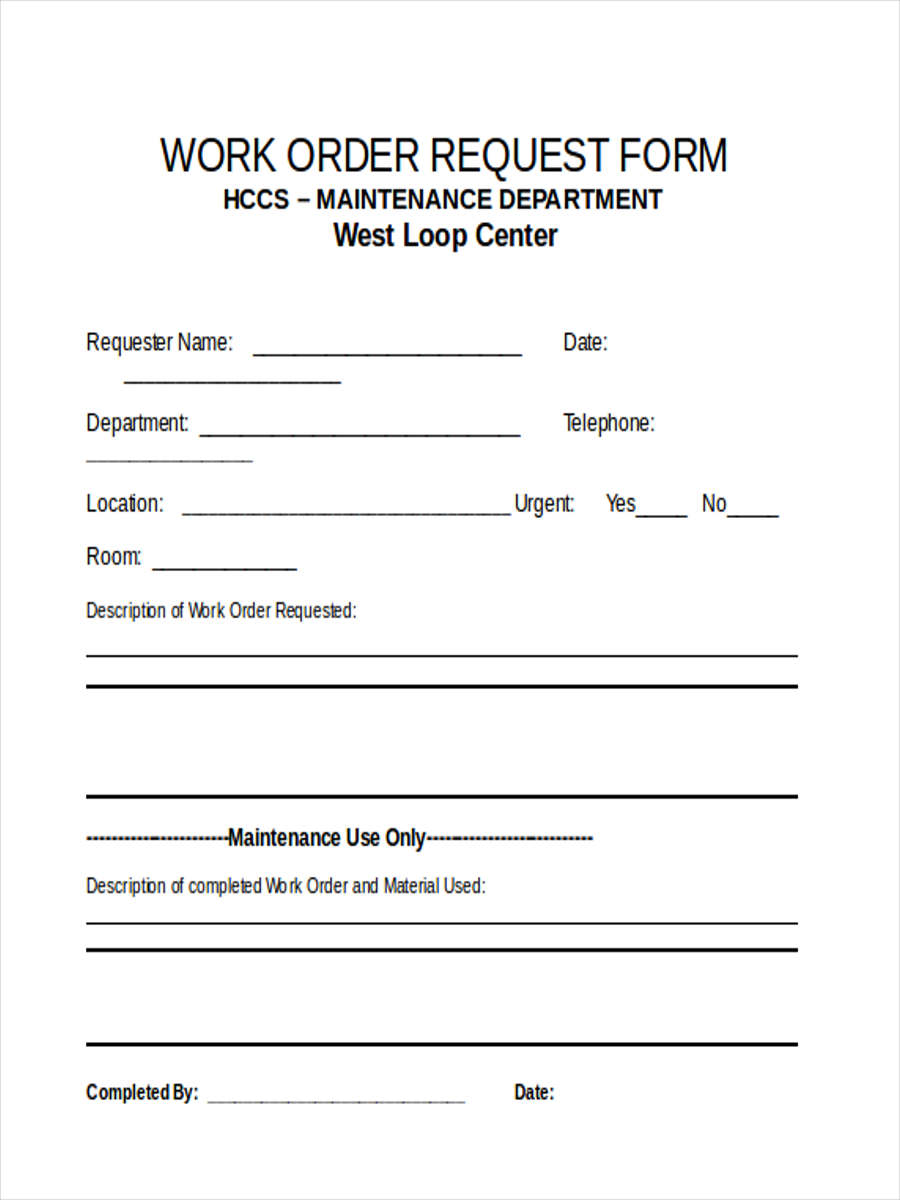Main Difference Between Group By And Order By The offset PRECEDING and offset FOLLOWING options vary in meaning depending on the frame mode. In ROWS mode, the offset is an integer indicating that the frame starts or ends that many rows before or after the current row. In RANGE mode, use of an offset option requires that there be exactly one ORDER BY column in the window definition. Then the frame contains those rows whose ordering column value is no more than offset less than or more than the current row's ordering column value. In these cases the data type of the offset expression depends on the data type of the ordering column.
For numeric ordering columns it is typically of the same type as the ordering column, but for datetime ordering columns it is an interval. In all these cases, the value of the offset must be non-null and non-negative. Also, while the offset does not have to be a simple constant, it cannot contain variables, aggregate functions, or window functions. The GROUP BY clause groups together rows in a table with non-distinct values for the expression in the GROUP BY clause.
For multiple rows in the source table with non-distinct values for expression, theGROUP BY clause produces a single combined row. GROUP BY is commonly used when aggregate functions are present in the SELECT list, or to eliminate redundancy in the output. The presence of HAVING turns a query into a grouped query even if there is no GROUP BY clause. This is the same as what happens when the query contains aggregate functions but no GROUP BY clause.
All the selected rows are considered to form a single group, and the SELECT list and HAVING clause can only reference table columns from within aggregate functions. Such a query will emit a single row if the HAVING condition is true, zero rows if it is not true. Clause Usage select Selects which columns to return, and in what order. If omitted, all of the table's columns are returned, in their default order. Pivot Transforms distinct values in columns into new columns. Format Formats the values in certain columns using given formatting patterns.
From The from clause has been eliminated from the language. The ORDER BY clause is used for sorting the rows returned by the SELECT statement in either ascending or descending order. By default the select statement fetches the rows in an undetermined order therefore the ORDER BY clause is used for enforce some ordering of the rows in the result set.
The ORDER BY clause cannot be directly used in an UPDATE or DELETE statement, however, they can part of the sub-select that are in an UPDATE or DELETE statement. Order by is the clause we use with "SELECT" statement in Hive queries, which helps sort data. Order by clause use columns on Hive tables for sorting particular column values mentioned with Order by. For whatever the column name we are defining the order by clause the query will selects and display results by ascending or descending order the particular column values.
This article explains the complete overview of the GROUP BY and ORDER BY clause. They are mainly used for organizing data obtained by SQL queries. The difference between these clauses is one of the most common places to get stuck when learning SQL. The main difference between them is that the GROUP BY clause is applicable when we want to use aggregate functions to more than one set of rows. The ORDER BY clause is applicable when we want to get the data obtained by a query in the sorting order.
Before making the comparison, we will first know these SQL clauses. In this article, we will explore group and sort the result of an SQL query. TheOrder Byinforms SQL engine to arrange the query output in ascending or descending order.
To put it differently, the Order By will sort the output query result on a specific column or columns. We will also see how the TOP option behave with the Order By clause and then learn the need for 'Top With Ties'. After learning Order By, we will move on to the Group By clause to group the items under specific column or columns. Once items are grouped we can apply the Aggregate Functions like sum, max etc on that group also filter the Group through Having Clause. This syntax allows users to perform analysis that requires aggregation on multiple sets of columns in a single query.
Complex grouping operations do not support grouping on expressions composed of input columns. The UNION operator computes the set union of the rows returned by the involved SELECT statements. A row is in the set union of two result sets if it appears in at least one of the result sets. The two SELECT statements that represent the direct operands of the UNION must produce the same number of columns, and corresponding columns must be of compatible data types. Aggregate functions, if any are used, are computed across all rows making up each group, producing a separate value for each group.
When a FILTER clause is present, only those rows matching it are included in the input to that aggregate function. The ORDER BY clause is used in SQL queries to sort the data returned by a query in ascending or descending order. If we omit the sorting order, it sorts the summarized result in the ascending order by default.
The ORDER BY clause, like the GROUP BY clause, could be used in conjunction with the SELECT statement. ASC denotes ascending order, while DESC denotes descending order. The ORDER BY clause by default sorts the result set in ascending order, and the ASC keyword need not be explicitly mentioned. To sort the result set in descending order, the keyword, DESC, needs to be explicitly mentioned after the column used in the ORDER BY clause.
We shall next see some examples to better understand the functionality. We can often use this clause in collaboration with aggregate functions like SUM, AVG, MIN, MAX, and COUNT to produce summary reports from the database. It's important to remember that the attribute in this clause must appear in the SELECT clause, not under an aggregate function.
As a result, the GROUP BY clause is always used in conjunction with the SELECT clause. The query for the GROUP BY clause is grouped query, and it returns a single row for each grouped object. In the result set, the order of columns is the same as the order of their specification by the select expressions.
If a select expression returns multiple columns, they are ordered the same way they were ordered in the source relation or row type expression. A functional dependency exists if the grouped columns are the primary key of the table containing the ungrouped column. GROUP BY will condense into a single row all selected rows that share the same values for the grouped expressions. In case of ambiguity, a GROUP BY name will be interpreted as an input-column name rather than an output column name. If the function's result type is composite , each attribute becomes a separate column in the implicit table.
The ORDER BY clause specifies a column or expression as the sort criterion for the result set. If an ORDER BY clause is not present, the order of the results of a query is not defined. Column aliases from a FROM clause or SELECT list are allowed. If a query contains aliases in the SELECT clause, those aliases override names in the corresponding FROM clause. Note that this will result in locking all rows of mytable, whereas FOR UPDATE at the top level would lock only the actually returned rows.
This can make for a significant performance difference, particularly if the ORDER BY is combined with LIMIT or other restrictions. So this technique is recommended only if concurrent updates of the ordering columns are expected and a strictly sorted result is required. Another difference is that these expressions can contain aggregate function calls, which are not allowed in a regular GROUP BY clause.
They are allowed here because windowing occurs after grouping and aggregation. Thus, this is the main difference between Order By and Group By in SQL. Both of these clauses help a user in organizing the data that SQL queries obtain. Although they serve a similar kind of purpose, there is a significant difference between Order by and Group by clause in SQL. People generally use the GROUP BY clause when they need to aggregate the available functions to multiple sets of rows.
On the other hand, we use the ORDER BY clause when we need the available data in sorted order . First, specify a sort expression, which can be a column or an expression, that you want to sort after the ORDER BY keywords. If you want to sort the result set based on multiple columns or expressions, you need to place a comma between two columns or expressions to separate them. When you query data from a table, the SELECT statement returns rows in an unspecified order. To sort the rows of the result set, you use the ORDER BYclause in the SELECT statement. Will effectively evaluate output expressions after sorting and limiting, so long as those expressions are not referenced in DISTINCT, ORDER BY or GROUP BY.
The INTERSECT operator returns rows that are found in the result sets of both the left and right input queries. Unlike EXCEPT, the positioning of the input queries does not matter. Corner cases exist where a distinct pivot_columns can end up with the same default column names. For example, an input column might contain both aNULL value and the string literal "NULL". When this happens, multiple pivot columns are created with the same name.
To avoid this situation, use aliases for pivot column names. SELECT AS STRUCT can be used in a scalar or array subquery to produce a single STRUCT type grouping multiple values together. Scalar and array subqueries are normally not allowed to return multiple columns, but can return a single column with STRUCT type. The group by clause is used to aggregate values across rows. A single row is created for each distinct combination of values in the group-by clause.
The data is automatically sorted by the grouping columns, unless otherwise specified by an order by clause. This blog provides an overview of MySQL window functions. A window function performs an aggregate-like operation on a set of query rows. However, whereas an aggregate operation groups query rows into a single result row, a window function produces a result for each query row.
Query results are formed into a single group of those columns in aggregate functions only. This example it is possible to sort the result set by multiple columns. The ordering for each column can be set individually by using the ASC or DESC keyword with respect to each column after the ORDER BY statement. The ASC keyword is optional, and is used here to maintain clarity.
If specific tables are named in a locking clause, then only rows coming from those tables are locked; any other tables used in the SELECT are simply read as usual. A locking clause without a table list affects all tables used in the statement. If a locking clause is applied to a view or sub-query, it affects all tables used in the view or sub-query. However, these clauses do not apply to WITH queries referenced by the primary query. If you want row locking to occur within a WITH query, specify a locking clause within the WITH query. Aggregate functions like avg, min, max, sum, count are applied to the single set of tuples.
In case, if you want to apply the aggregate functions to the group of the set of tuples then we have Group by clause for that. Group by clause groups the tuples that have same attribute value. A subquery with a recursive table reference cannot invoke aggregate functions.
The USING clause requires a column list of one or more columns which occur in both input tables. It performs an equality comparison on that column, and the rows meet the join condition if the equality comparison returns TRUE. The GROUP BY and ORDER BY clauses are compared in this article. Both clauses are extremely useful SQL database features. When we want to form a group of rows, we use the GROUP BY clause.
If we want to organize data in ascending or descending order based on a particular column, we use the ORDER BY clause. They do not have any relationship because both are used for two different purposes. However, we can combine them to serve some special purpose or can use them individually depending on the circumstances. We can use these clauses only with the SELECT statement.
Item is evaluated using that row set's values of the columns. The resulting rows are joined as usual with the rows they were computed from. This is repeated for set of rows from the column source tables. The GROUP BY clause in the PostgreSQL database is used with the SELECT statement and it, as the name suggests, groups the results of the SELECT statement by an attribute value. This functionality is very useful if we want to apply some aggregate functions on the data such as COUNT (), MAX (), MIN (), AVERAGE (), etc. In the SQL-92 standard, an ORDER BY clause can only use output column names or numbers, while a GROUP BY clause can only use expressions based on input column names.
The INTERSECT operator computes the set intersection of the rows returned by the involved SELECT statements. A row is in the intersection of two result sets if it appears in both result sets. According to the SQL standard, the expressions in the output list should be computed before applying DISTINCT, ORDER BY, or LIMIT.
This is obviously necessary when using DISTINCT, since otherwise it's not clear what values are being made distinct. However, in many cases it is convenient if output expressions are computed after ORDER BY and LIMIT; particularly if the output list contains any volatile or expensive functions. With that behavior, the order of function evaluations is more intuitive and there will not be evaluations corresponding to rows that never appear in the output. Multiple function calls can be combined into a single FROM-clause item by surrounding them with ROWS FROM( ... ).

























